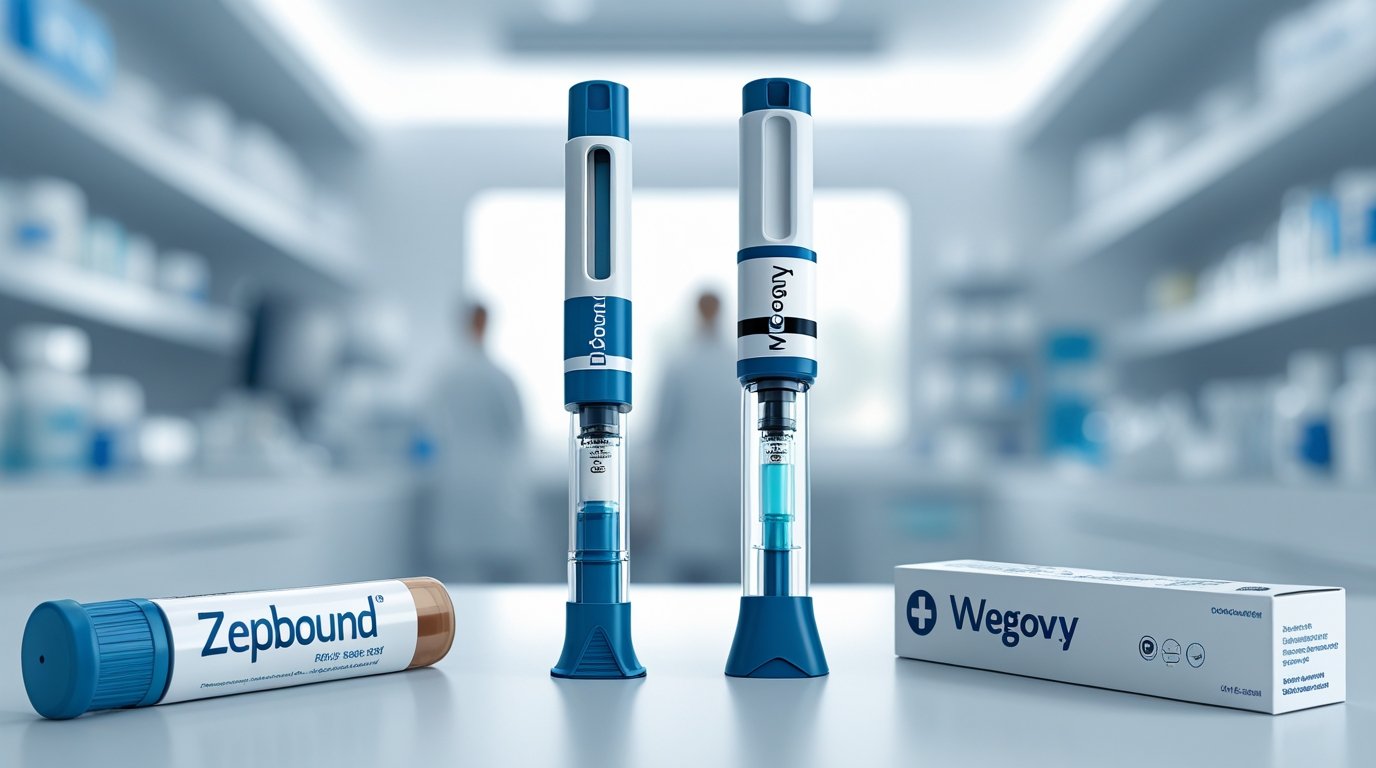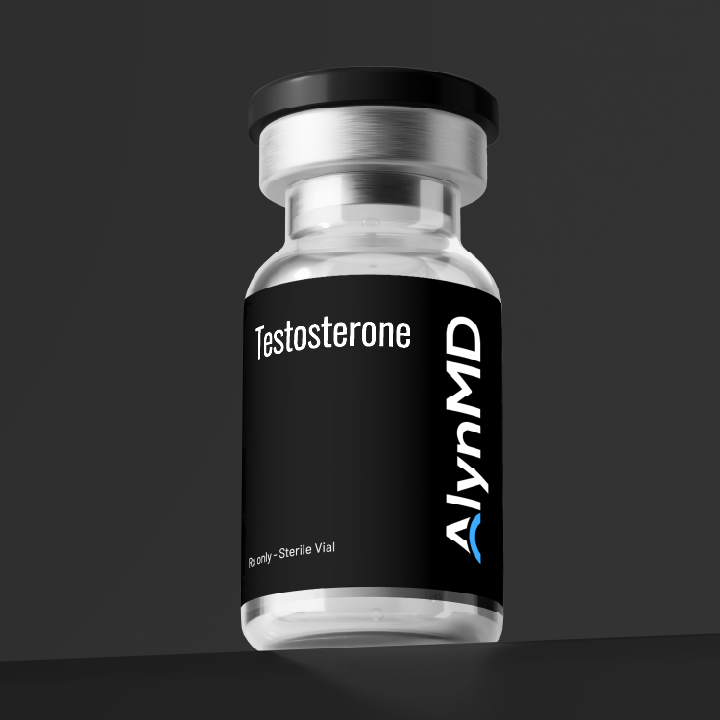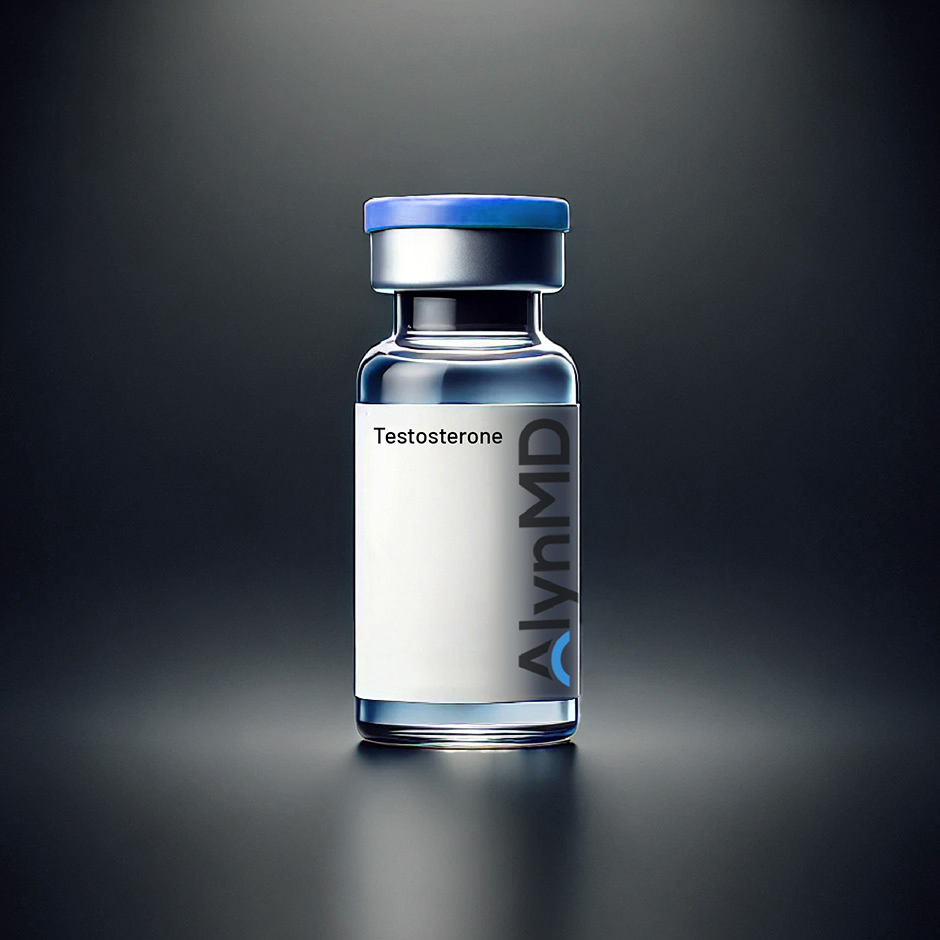
Introduction: Navigating the New Era of Weight Loss Medications
The landscape of medical weight management is undergoing a revolutionary transformation. For decades, the options for people struggling with obesity were limited and often accompanied by significant side effects or modest results. Now, a new class of powerful medications is reshaping the treatment paradigm, offering unprecedented levels of weight loss and challenging long-held beliefs about the biology of obesity. With the global market for these drugs projected to reach as much as $150 billion by 2035, the interest from patients and providers is immense.
At the forefront of this new era are two groundbreaking injectable drugs: Zepbound (Tirzepatide) and Wegovy (Semaglutide). These medications have demonstrated remarkable efficacy, but they are not interchangeable. They possess distinct mechanisms, unique FDA-approved indications, and different clinical profiles that make one a better fit than the other for certain individuals. For a broader look at how these medications compare across the category, see our 2025 GLP-1 comparison guide.
The Transformative Impact of GLP-1 and Dual Agonists on Weight Management
The journey to these advanced therapies began with the understanding of incretin hormones, particularly glucagon-like peptide-1 (GLP-1). Drugs that mimic GLP-1, known as GLP-1 receptor agonists, were initially developed for type 2 diabetes but were found to have a profound effect on weight. Wegovy established itself as a leader in this class for weight management. Zepbound represents the next evolutionary step, acting not only on the GLP-1 receptor but also on the glucose-dependent insulinotropic polypeptide (GIP) receptor, making it the first approved dual-agonist for this purpose. This dual action targets multiple pathways involved in appetite and metabolism, marking a significant advancement in treatment options for adults with obesity. Zepbound is one of the latest advancements in obesity management medications, offering improved weight loss outcomes and broader benefits compared to earlier therapies.
What This Ultimate Head-to-Head Comparison Will Cover (Empowering Your Informed Decision)
This article provides a comprehensive, evidence-based comparison of Zepbound and Wegovy. We will dissect their mechanisms of action, review clinical trial data on efficacy and weight loss, outline their FDA-approved indications, and discuss practical aspects like dosing, side effects, and cost. The goal is to move beyond the headlines and provide the nuanced information necessary for you to have an informed discussion with your healthcare provider about which treatment, if any, is the right fit for your unique health profile and goals.
Understanding the Contenders: Zepbound (Tirzepatide) and Wegovy (Semaglutide)
While both Zepbound and Wegovy are weekly injectable medications for chronic weight management, they originate from different pharmaceutical companies and are built on distinct molecular foundations. Both Wegovy and Zepbound are effective for weight loss, but they differ in efficacy, side effects, and dosing. Understanding these core identities is the first step in appreciating their differences.
Zepbound (Tirzepatide): Eli Lilly’s Dual-Action Powerhouse
Zepbound, developed by Eli Lilly, is the newer entrant specifically approved for weight loss. Its active ingredient, tirzepatide, was first approved under the brand name Mounjaro for the treatment of type 2 diabetes. The remarkable weight loss observed in diabetes trials prompted its development and eventual FDA approval for chronic weight management in adults. Zepbound’s defining characteristic is its novel dual-agonist mechanism, which sets it apart from all other weight loss drugs currently on the market. Based on recent clinical trial results, Zepbound may offer superior weight loss and broader health benefits compared to other medications, making it a leading option in obesity management.
Wegovy (Semaglutide): The Established GLP-1 Receptor Agonist
Wegovy, from Novo Nordisk, contains the active ingredient semaglutide. Like tirzepatide, semaglutide was also first approved for type 2 diabetes under the brand name Ozempic. Based on its proven ability to induce significant weight loss, a higher dose was studied and subsequently approved as Wegovy. Wegovy for weight loss is FDA approved and has demonstrated high effectiveness in clinical trials, making it a leading option for obesity management. It has become a household name and a standard-bearer for the efficacy of GLP-1 receptor agonists in the treatment of obesity, establishing a strong track record and a wealth of clinical and real-world data.
Mechanism of Action: Unpacking GLP-1 vs. GLP-1/GIP Pathways
The fundamental difference between these two powerful drugs lies in the biological pathways they activate within the body. This is not just a minor scientific detail; it is the core reason for their differing effects on weight loss and metabolic health.
How Wegovy (Semaglutide) Works as a GLP-1 Receptor Agonist
Wegovy functions by mimicking the effects of the natural hormone GLP-1. When you eat, GLP-1 is released from your intestines. It travels through the bloodstream and acts on various parts of the body. In the brain, it targets areas that control appetite, leading to increased feelings of fullness and helping to reduce appetite. In the stomach, it slows down the rate at which food empties, prolonging satiety. By reducing appetite and promoting satiety, Wegovy helps control food intake and supports decreased caloric consumption. It also enhances the body’s release of insulin in response to glucose, which is why this class of drugs is effective for diabetes treatment. Wegovy essentially amplifies these natural signals, leading to reduced caloric intake and subsequent weight loss.
The Dual Advantage: Zepbound (Tirzepatide) as a GLP-1 and GIP Agonist
Zepbound does everything Wegovy does by activating the GLP-1 receptor, but it adds a second, complementary mechanism: it also activates the GIP receptor. Zepbound targets two hormones, GLP-1 and GIP, to enhance weight loss and metabolic effects. GIP is another incretin hormone that, in concert with GLP-1, plays a role in regulating energy balance. While GLP-1 primarily impacts satiety, GIP is believed to enhance its effects and may also play a role in how the body processes and stores fat. By targeting both of these pathways, tirzepatide provides a more comprehensive hormonal intervention, which clinical trials suggest translates into greater overall efficacy for many patients. Want the full landscape—including Ozempic and Mounjaro? Explore our GLP-1 comparison guide.
Why the Difference in Pathways Matters: Implications for Efficacy and Systemic Effects
Targeting two hormone pathways instead of one may lead to a more powerful and synergistic effect on appetite regulation and metabolism. This dual action can more effectively promote weight loss compared to single-pathway drugs. This dual action is the leading hypothesis for why Zepbound has demonstrated superior average weight loss in head-to-head clinical trials compared to GLP-1-only agonists. This difference underscores a key principle in modern obesity treatment: obesity is a complex, multifactorial disease, and drugs that can address multiple underlying biological drivers may offer a more robust therapeutic effect for patients.
FDA Approval and Indications: Who Qualifies for Treatment?
A drug’s efficacy is only relevant if you are eligible to take it. The FDA grants approvals based on specific clinical trial data, resulting in distinct indications for who can use each medication and for what purpose. These medications play a crucial role in treating obesity as a chronic disease, highlighting the importance of long-term management strategies for individuals affected by this condition.
Wegovy’s FDA Approval: Targeting Adults and Adolescents (12 years and older)
Wegovy is FDA-approved for chronic weight management in:
- Adults with a Body Mass Index (BMI) of 30 kg/m² or greater (obesity), or a BMI of 27 kg/m² or greater (overweight) with at least one weight-related comorbid condition (e.g., hypertension, type 2 diabetes, or high cholesterol).
- Adolescents aged 12 years and older with an initial BMI at or above the 95th percentile for their age and sex.
Crucially, Wegovy also has a groundbreaking indication to reduce the risk of major adverse cardiovascular events (like heart attack and stroke) in adults with established cardiovascular disease and either obesity or overweight.
Zepbound’s FDA Approval: Focus on Adults with Obesity or Overweight
Zepbound is FDA-approved for chronic weight management in:
- Adults with a BMI of 30 kg/m² or greater, or a BMI of 27 kg/m² or greater with at least one weight-related condition.
Zepbound is also approved to reduce the risk of obstructive sleep apnea in adults with obesity.
As of now, Zepbound is not approved for use in adolescents. Its approval is strictly for the adult population meeting the specified BMI and comorbidity criteria.
Efficacy: Weight Loss Potential and Broader Health Benefits (The “Head-to-Health” Approach)
When comparing these drugs, the headline number is often the percentage of body weight lost, as clinical trials have shown that these medications can help patients lose weight effectively. However, a “head-to-health” approach requires looking beyond the scale to understand the broader impact on a patient’s overall health.
Clinical Trial Data: Average Weight Loss (Reduction in Body Weight)
Clinical trials have consistently shown that both medications lead to substantial weight loss, with participants witnessing significant weight reduction in both trials.
- In its pivotal STEP 1 trial, patients taking Wegovy (2.4 mg) achieved an average weight loss of 14.9% of their initial body weight over 68 weeks.
- In its cornerstone SURMOUNT-1 trial, patients taking Zepbound (at the highest 15 mg dose) achieved an average weight loss of 20.9% over 72 weeks. In this trial, Zepbound lost an average of 52 pounds, or 20.9% of body weight, highlighting the extent of weight reduction. Zepbound achieved superior weight loss compared to Wegovy, with significant weight reduction and notable decreases in waist circumference. The maximum tolerated dose of Zepbound used in the trial was 15 mg.
A head to head trial directly comparing the two drugs confirmed Zepbound’s superior efficacy for weight reduction in adults without diabetes. The results showed that tirzepatide led to significantly greater weight loss than semaglutide at the highest approved doses. The study published in 2024 in the New England Journal of Medicine (also referred to as the England Journal) provided authoritative evidence for these findings. Most adverse events reported in the trials were gastrointestinal and mild to moderate, with similar rates of treatment discontinuation due to adverse events between the two drugs. Overall, both medications resulted in significant weight reduction, with Zepbound demonstrating greater efficacy in clinical studies.
Beyond the Scale: Impact on Metabolic Health and Comorbidities
Weight loss itself drives significant health improvements, but the specific indications of these drugs highlight key differences.
- Wegovy’s Cardiovascular Benefit: The SELECT trial demonstrated that Wegovy reduced the risk of major adverse cardiovascular events by 20% in patients with pre-existing cardiovascular disease and overweight or obesity. Furthermore, a real-world study suggested Wegovy had a more pronounced effect on reducing this risk compared to tirzepatide in a similar population. This is a critical differentiator for patients whose primary concern is heart health. Weight loss achieved with these medications can also lower the risk of developing heart failure, further supporting cardiovascular health.
- Zepbound’s Metabolic Impact: Tirzepatide has shown robust improvements in metabolic markers, including blood pressure, lipid levels, and insulin sensitivity. These effects are beneficial for reducing the overall risk associated with obesity. Additionally, Zepbound has been shown to improve blood sugar control, which is especially important for individuals with or at risk for type 2 diabetes.
Obesity is often associated with comorbidities, and effective treatment can help manage medical conditions such as hypertension, sleep apnea, and cardiovascular disease. When considering these medications, it is important to assess for other medical conditions, including issues with the pancreas, kidneys, or severe stomach problems, to ensure safe and appropriate use. In addition to weight loss, reductions in waist size are often used as a secondary endpoint to measure improvements in health and decreased risk for obesity-related complications.
Long-Term Sustainability: Maintaining Weight Loss Over Time
It’s important for patients to understand that both Zepbound and Wegovy are intended for long-term use. Studies have shown that if the medication is stopped, appetite returns and much of the lost weight is typically regained. This underscores that obesity is a chronic condition requiring ongoing treatment, much like hypertension or diabetes. For long-term success, these medications should be combined with ongoing lifestyle changes, including modifications to diet, exercise, and daily habits.
Dosing and Administration: A Practical Comparison
Both drugs are self-administered as a once-weekly subcutaneous injection. However, their dosing strengths and titration schedules differ. The goal of titration is to slowly acclimate the body to the medication, minimizing side effects. New to weekly injections? Start GLP-1 care with Alyn MD—we’ll map your titration schedule, labs, and side-effect support.
Zepbound (Tirzepatide) Dosage and Schedule
Patients start Zepbound at a dose of 2.5 mg once weekly for four weeks. The dose is then increased to 5 mg weekly. After at least four weeks on the 5 mg dose, the dose can be increased in 2.5 mg increments every four weeks as needed, up to a maximum dose of 15 mg once weekly. The maintenance doses are 5 mg, 10 mg, and 15 mg.
Wegovy (Semaglutide) Dosage and Schedule
The titration for Wegovy is also gradual. Patients start at 0.25 mg once weekly for four weeks. The dose is then escalated every four weeks through the following steps: 0.5 mg, 1 mg, 1.7 mg, and finally to the maintenance dose of 2.4 mg once weekly. This full titration schedule takes 16 weeks to reach the target dose.
Practical Considerations: What to Do for Missed Doses and Injection Techniques
For both medications, if a dose is missed, it should be taken as soon as possible within a few days of the scheduled date. If more than a few days have passed, the missed dose should be skipped, and the next dose taken on the regular schedule. Patients are instructed to rotate injection sites (abdomen, thigh, or upper arm) to avoid tissue irritation.
Side Effects and Safety Profile: What You Need to Know
While highly effective, these drugs are not without risks and side effects. Understanding the safety profile is essential for any patient considering these treatments. It is important to monitor for serious side effects, such as pancreatitis or severe allergic reactions, and seek immediate medical attention if they occur. In clinical trials, fewer patients on Zepbound discontinued treatment due to adverse events compared to those on Wegovy, highlighting its tolerability and safety profile.
Common Side Effects (Primarily Gastrointestinal)
The most common side effects for both Zepbound and Wegovy are gastrointestinal in nature. These include:
- Nausea
- Diarrhea
- Vomiting
- Constipation
- Abdominal pain
These side effects are typically mild to moderate and are most prominent during the dose-escalation period. They often decrease over time as the body adjusts to the medication.
Serious Risks and Black Box Warnings (Crucial Safety Information)
Both drugs carry a boxed warning—the FDA’s most serious type—for the risk of thyroid C-cell tumors. This is based on findings in rodents; the relevance to humans is unknown. Due to this risk, neither drug should be used by patients with a personal or family history of medullary thyroid carcinoma (MTC) or in patients with Multiple Endocrine Neoplasia syndrome type 2 (MEN 2). Other serious risks include pancreatitis, gallbladder problems, acute kidney injury, and an increased heart rate.
Other Reported Side Effects (e.g., Hair Loss)
Some patients report side effects like fatigue, dizziness, and hair loss. Hair loss (telogen effluvium) can be associated with rapid and significant weight loss itself, rather than being a direct effect of the drug.
Contraindications and Precautions: Who Should Not Take These Drugs
Beyond the MTC/MEN 2 contraindication, these drugs should not be taken by individuals with a history of a serious allergic reaction to the active ingredients. They should be used with caution in patients with a history of pancreatitis or severe gastrointestinal disease. Neither medication is recommended for use during pregnancy.
When to Contact Your Doctor or Seek Medical Attention
Patients should contact their doctor if they experience persistent or severe side effects. Immediate medical attention is necessary if symptoms of a serious condition occur, such as severe abdominal pain that won’t go away (a potential sign of pancreatitis) or symptoms of a severe allergic reaction.
Cost, Insurance, and Accessibility: Navigating the Financial Landscape
The remarkable efficacy of these drugs is matched by their high price tag, which presents a significant barrier to access for many patients. Ready to check coverage and next steps? See Alyn MD’s GLP-1 program.
Understanding the High Retail Cost of Zepbound and Wegovy
Without insurance coverage, both medications have a list price of over $1,000 for a one-month supply. The actual cost to patients depends heavily on their insurance plan, deductibles, and eligibility for manufacturer savings programs. A cost-effectiveness analysis found the estimated annual cost for a year of semaglutide was around $6,829 and for tirzepatide was around $7,973, highlighting the substantial financial commitment even after rebates. This high cost is a central issue in the wider debate about access to obesity care.
Conclusion
The arrival of Zepbound and Wegovy has undeniably ushered in a new, more hopeful era for the treatment of obesity, a condition affecting a vast number of people, with all U.S. states reporting an obesity prevalence higher than 20% in 2023. This head-to-head comparison reveals two highly effective but distinct medications. There is no single “winner” for everyone; instead, the choice depends on a careful consideration of individual patient factors.
Wegovy stands out for its established track record, its FDA approval for adolescents, and most importantly, its proven cardiovascular risk reduction benefit for patients with existing heart disease. For this specific population, it offers a unique, life-saving advantage.
Zepbound, with its novel dual-action mechanism, has demonstrated superior average weight loss in clinical trials, making it a compelling option for adults whose primary goal is to maximize weight reduction and improve related metabolic health markers.
Ultimately, the decision between Zepbound and Wegovy is a clinical one that must be personalized. Personalized care and individualized treatment plans are essential for achieving optimal, sustainable weight loss results. Understanding the risk factors that contribute to obesity and related diseases is crucial in guiding effective management. Doctors and health care providers play a central role in diagnosing obesity, assessing comorbidities, and recommending appropriate medications and lifestyle changes. More physicians are now prescribing these medications due to their proven efficacy and expanding treatment options. A comprehensive weight control center can provide multidisciplinary support, integrating medical treatment, counseling, and lifestyle interventions. Diet and exercise remain fundamental lifestyle modifications that should be incorporated alongside medication, with diet and exercise strategies tailored to each individual. These powerful medications are most effective and safest when used as part of a comprehensive treatment plan that includes medical supervision, lifestyle modifications, and ongoing support. Consulting with a specialist in weight management can help you navigate these choices and embark on a safe and successful treatment journey.





















